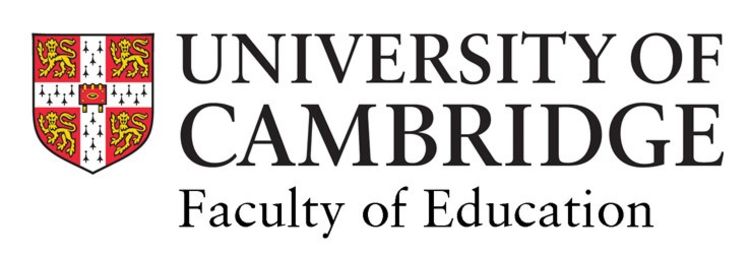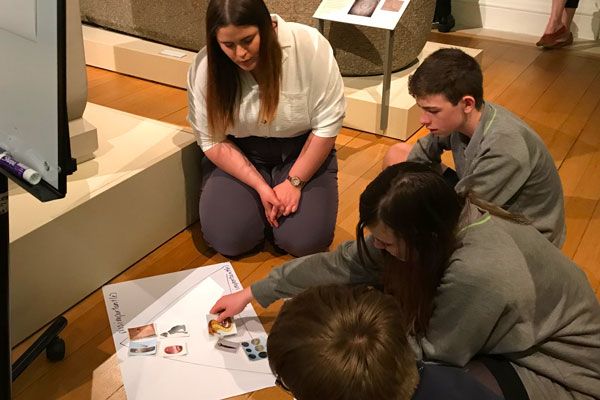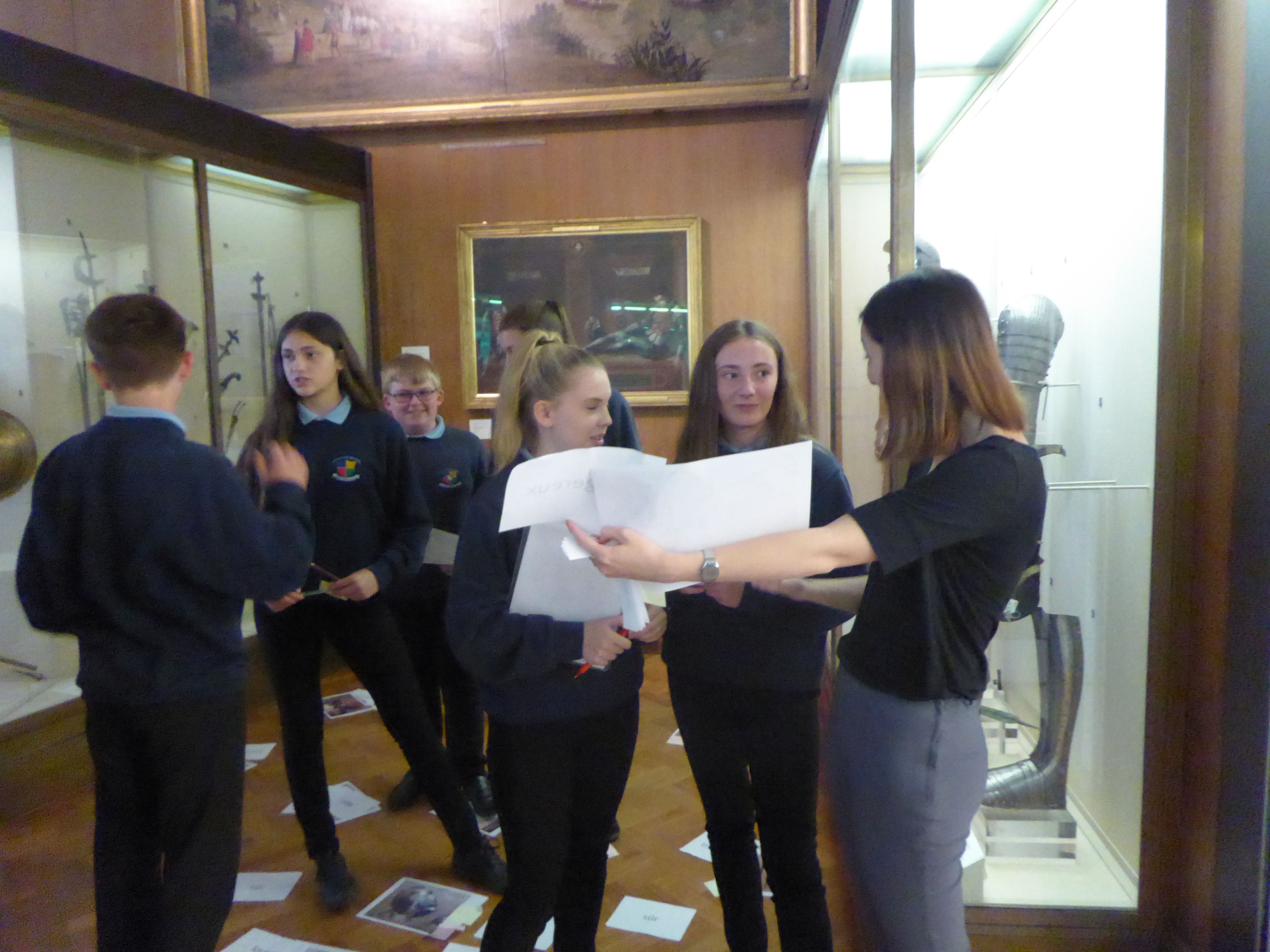

‘Two for the price of one’ French lessons at the museum put the meaning back into language learning

An innovative approach which integrates language learning with other subjects has exhibited notable benefits in a project undertaken by the University of Cambridge, suggesting that it could be successful in schools.
Trainee teachers on the University of Cambridge Secondary PGCE course have been leading workshops in ‘Content and Language Integrated Learning’ (CLIL) with local school pupils. The approach combines the learning of a foreign language with that of another subject, such as history, geography or art. The sessions have been taking place at the University’s Fitzwilliam Museum.
CLIL is reasonably common in other European countries – where it is often used to teach English – but rare in British schools. It involves lessons in which students work towards two specific learning goals in tandem: one in the target language and the other in a second subject.
The Cambridge lessons were delivered in the museum, where pupils were taught the conditional form in French while also learning about Egyptian hieroglyphs; studied famous impressionist painters while expanding their knowledge of words about feelings and colour; and learned about medieval armour while acquiring vocabulary for parts of the body.
Advocates say that CLIL is a valuable addition to more orthodox teaching methods, because it helps pupils to master languages more naturally, in a manner that involves less conscious effort. This is partly because it introduces new language features in contexts where they are immediately put to purposeful use.
For the past five years, the University has run CLIL workshops at the Fitzwilliam Museum involving about 90 trainee teachers and 160 children from local schools.
In traditional French lessons they typically discuss predictable subject matter like holidays, family and food, but in a CLIL lesson, they might suddenly have to talk about a random object or painting.
While the results have not yet been fully assessed, pupil surveys indicate they found the workshops more motivating and enjoyable than regular lessons. Recurring pieces of feedback emphasise how they made learning French seem more “meaningful”, that the lessons in the museum were more “motivational”, and that pupils “spoke more French than [they] ever would in the classroom.
The sessions were organised by the University of Cambridge Faculty of Education – which runs the Cambridge PGCE – the University’s Fitzwilliam Museum, and a network of partner schools.
Associate Teaching Professor Anne-Marie Watkinson, who co-manages the Cambridge Secondary PGCE programme, said: “The distinctive aspect of this project is that it requires our trainees to design lessons based on CLIL in an out-of-school context – the museum – which brings both excitement and challenge.”
“The workshops broaden pupils’ language skills because they have to discuss real, unexpected topics. In traditional French lessons they typically discuss predictable subject matter like holidays, family and food, but in a CLIL lesson, they might suddenly have to talk about a random object or painting. This builds their vocabulary base, confidence and sense of engagement with the idea of learning a language. It effectively increases their linguistic creativity.”
“CLIL meets the National Curriculum requirement for modern languages education at Key Stage 3 to enable pupils to speak spontaneously about subjects other than their own immediate interests. In addition, the sessions help pupils gain confidence in discussing an image they have never seen before, which is an integral part of the GCSE examination.”

The Cambridge sessions were developed and led by trainee language teachers as part of their PGCE. During the course, trainees are introduced to a variety of teaching approaches, so that they have a flexible repertoire to draw on in different classroom situations.
The trainees created teaching plans and materials based on galleries in the Fitzwilliam Museum. These were then tested in workshops with several University of Cambridge partner schools, which help to shape the wider PGCE course and host trainee placements. Some of the resources are now freely available on the Fitzwilliam Museum’s schools website.
Watkinson and a colleague from the museum, Dr. Kate Noble, surveyed the pupils, trainees and teachers to evaluate the workshops. The feedback was overwhelmingly positive. Participants seemed to enjoy the CLIL approach more than regular lessons, and also said they were using significantly more French.
Some primary teachers may have started to use the approach without really noticing.
They described, for instance, being able to “form better sentences”. “It made the learning real; I can see a purpose to it”, one student said. One endearingly honest response read: “The effect it had on me was that I actually listened and paid more attention”.
These results echo wider research which indicates that because CLIL encourages learners to focus on the immediate subject matter, they begin to acquire the target language implicitly, building both confidence and competence. The motivation they gain from this could be significant given the steady decline in student numbers in modern foreign languages at GCSE.
Combining language learning with other subjects is also believed to promote cognitive development. In addition, it could help to address the issue of insufficient curriculum time for arts and humanities subjects.
Watkinson added that there were particularly good opportunities to use CLIL in primary schools. “Primary schools commonly teach in topics, cutting across disciplines, which naturally suits this approach,” she said. “Some primary teachers may have started to use the approach without really noticing. It could play an important part in helping children to feel more capable with languages at an early stage.”
Image in this story: Anne-Marie Watkinson.